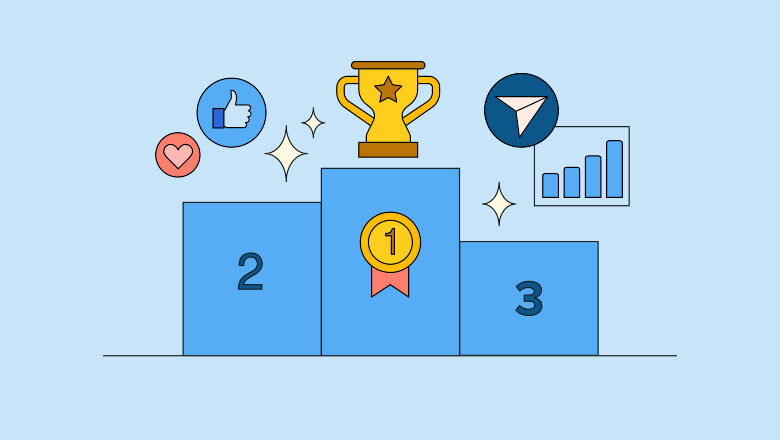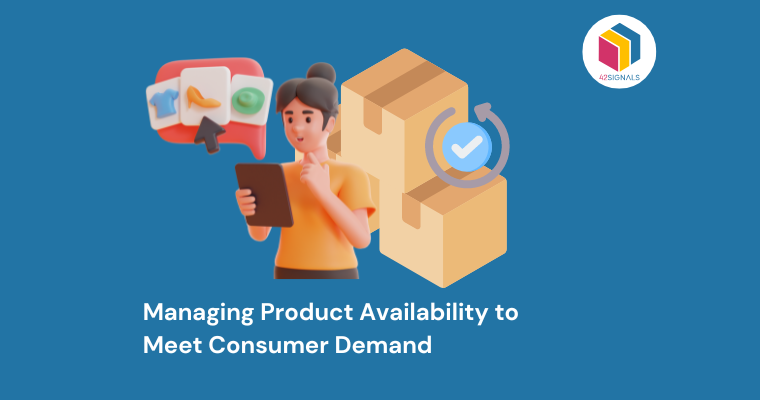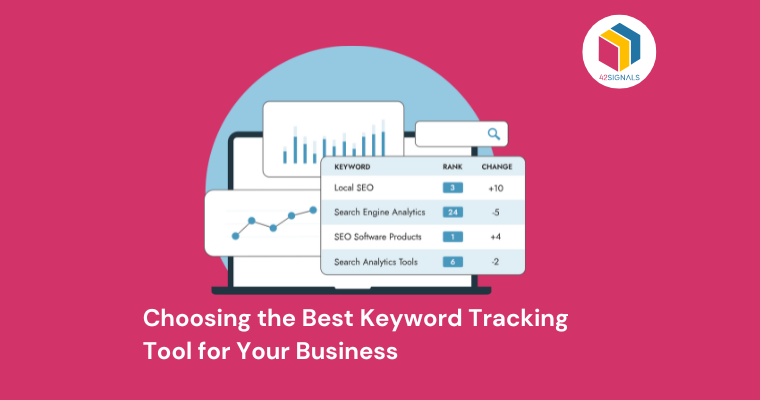Competitor benchmarking is a crucial aspect of pricing strategy that involves analyzing and understanding the prices and strategies of your competitors in the market. For products to sell, their price should be right on a category and item level. It’s a crucial exercise that helps businesses determine their optimal price points, identify opportunities for differentiation, and build a large customer base.

Image Source: Dash Hudson
Let’s look at the steps involved in performing competitor benchmarking –
Step 1: Identify Your Competitors
The first step in competitor benchmarking is identifying your direct and indirect competitors. Direct competitors are those who offer similar products or services in the same target market, while indirect competitors are those who offer substitute products or services that can meet the needs of the same customer segment.
You can use tools such as Google search, industry reports, and customer feedback to identify your competitors. Make sure to include both large and small players in your analysis, as they may have unique approaches to pricing that can be valuable to learn from.
Step 2: Analyze Their Prices
Once you have identified your competitors, analyze their prices across various product lines, geographies, and customer segments. You can gather this information from their websites, sales collateral, or by posing as a customer to get quotes. It’s important to note that prices can vary based on factors like production costs, distribution channels, and target customers, so consider these factors when comparing prices.
Step 3: Evaluate Their Pricing Strategies
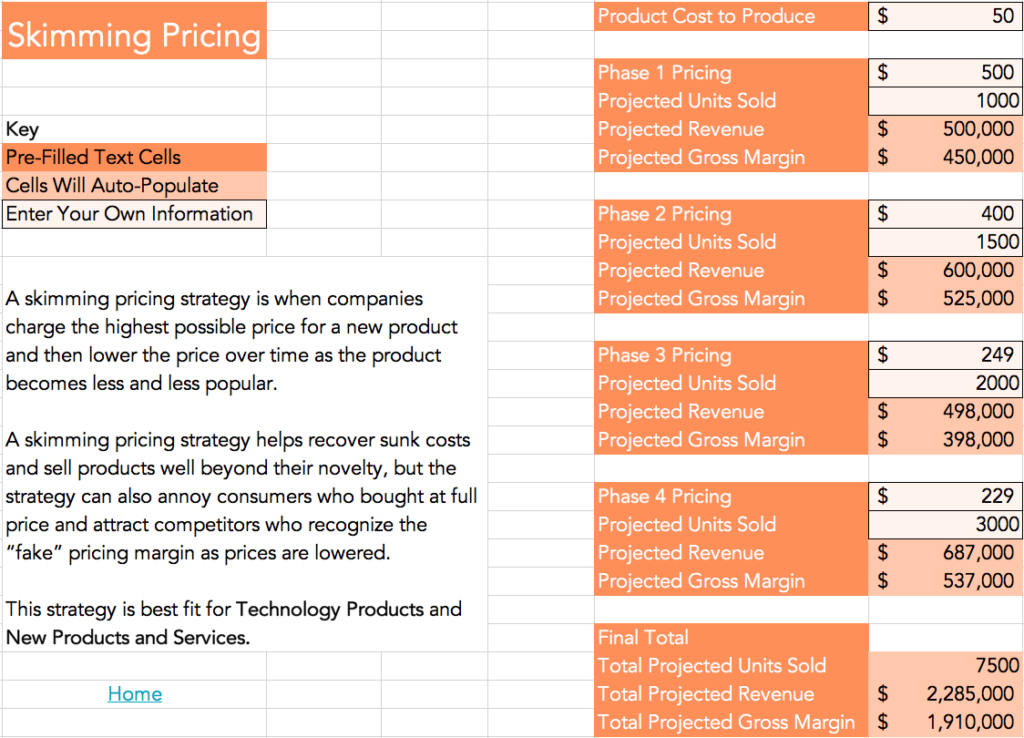
After analyzing prices, evaluate your competitors’ pricing strategies to understand how they approach pricing. Are they using penetration pricing to gain market share? Premium pricing to convey quality and exclusivity? Value-based pricing to align prices with perceived value? Understanding their pricing strategies can help you identify gaps in the market and potential areas for differentiation.
Step 4: Assess Their Product Features and Quality
Analyze your competitors’ product features and quality to determine how they compare to yours. Consider factors like materials used, design, functionality, and warranties. This assessment will help you understand where your products stand to your competitors’ offerings and whether you need to improve certain aspects to remain competitive.
Step 5: Evaluate Customer Service and Support
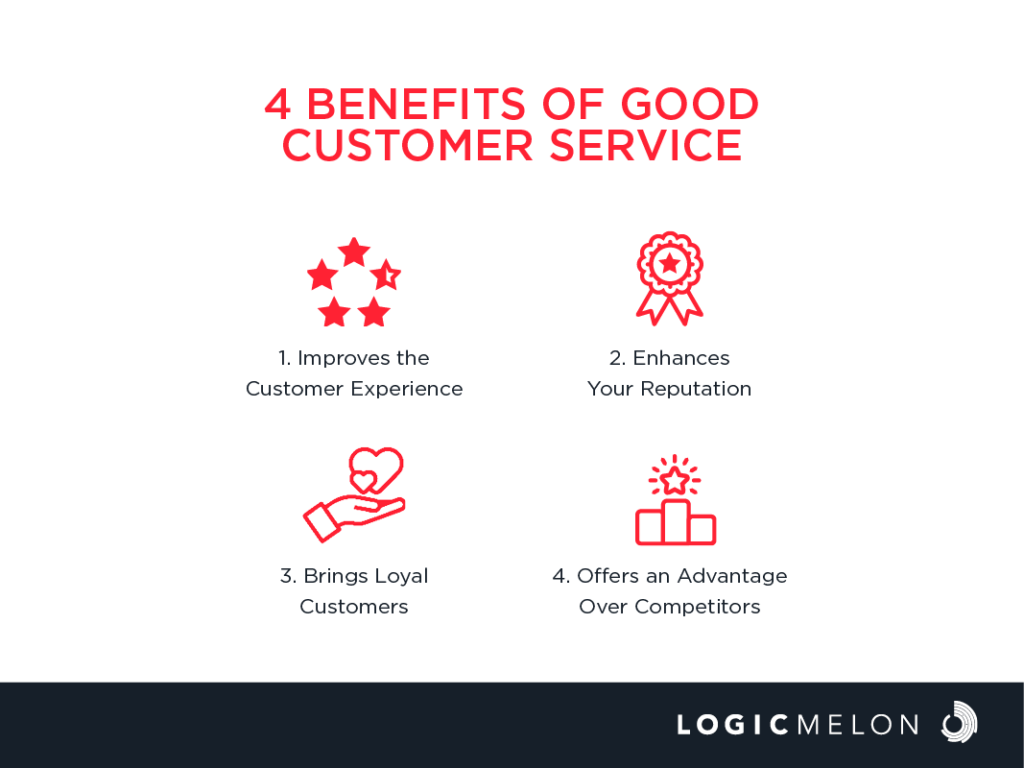
Image Source: LogicMelon
Assess your competitors’ customer service and support levels to see how they handle customer queries, complaints, and feedback. Look at their website, social media, and review sites to gauge customer satisfaction. Providing excellent customer service can be a key differentiator, so take notes on what your competitors are doing well and where there are opportunities to improve.
Step 6: Monitor Their Marketing Strategies
Keep track of your competitors’ marketing strategies, including advertising campaigns, promotions, content marketing, and social media presence. Analyze their messaging, brand positioning, and audience engagement. This exercise will give you ideas for your own marketing initiatives and help you identify areas where you can outdo your competitors.
Step 7: Determine Your Unique Selling Proposition (USP)

Image Source: Medium
Based on your research, identify your unique selling proposition (USP). What sets your products or services apart from your competitors? Is it superior quality, better customer service, exclusive features, or competitive pricing? Your USP should be communicated clearly through your marketing efforts to attract and retain customers.
Tips for Leveraging Competitor Benchmarking Insights
- Stay up-to-date: Regularly monitor your competitors’ prices, strategies, and offerings to stay informed about changes in the market. Adjust your pricing and strategies accordingly to maintain a competitive edge.
- Differentiate yourself: Use your USP to differentiate your products or services from your competitors. Communicate your unique value proposition through your marketing and sales efforts.
- Focus on customer needs: Remember that customer needs and preferences are constantly evolving. Continuously gather feedback from your customers to understand their changing requirements and adjust your products and services accordingly.
- Be proactive: Don’t wait for your competitors to set the tone for pricing and innovation. Stay ahead of the curve by continuously improving your offerings and introducing new products or services that meet emerging customer needs.
- Collaborate with partners: Partner with suppliers, distributors, and other stakeholders to gain insights into market trends and customer preferences. Collaboration can also help you negotiate better deals and reduce costs.
Conclusion
Competitor benchmarking is a critical component of pricing strategy that enables businesses to optimize their prices and differentiate themselves from the competition. By following the seven steps outlined above and leveraging the insights gathered, you can create a winning pricing strategy that drives growth and profitability in 2024 and beyond.
If you found this article useful, visit our blog page.
Frequently Asked Questions
What are the benefits of competitive benchmarking?
Competitive benchmarking offers several advantages:
- Performance Evaluation: It provides a clear view of where your business stands in comparison to competitors, helping you gauge your strengths and weaknesses.
- Identifying Best Practices: By analyzing competitors’ strategies and tactics, you can uncover best practices that can be adopted or adapted to improve your own operations.
- Innovation Stimulus: Observing competitors can inspire innovation within your organization, encouraging you to push boundaries and stay ahead in the market.
- Customer Insights: Understanding how competitors engage with their customers can provide valuable insights into consumer preferences and behavior, guiding your own customer-centric initiatives.
- Strategic Planning: Benchmarking helps in setting realistic goals and developing effective strategies by learning from the successes and failures of others in your industry.
Why is it important to benchmark data against competitors?
Benchmarking data against competitors is vital because it provides a real-time gauge of your market position and performance. By comparing metrics such as sales figures, customer satisfaction scores, and product quality against industry rivals, you gain actionable insights into areas where your business excels and where improvement is needed.

